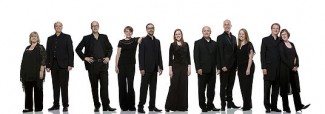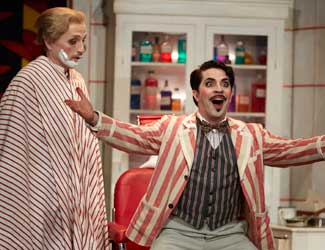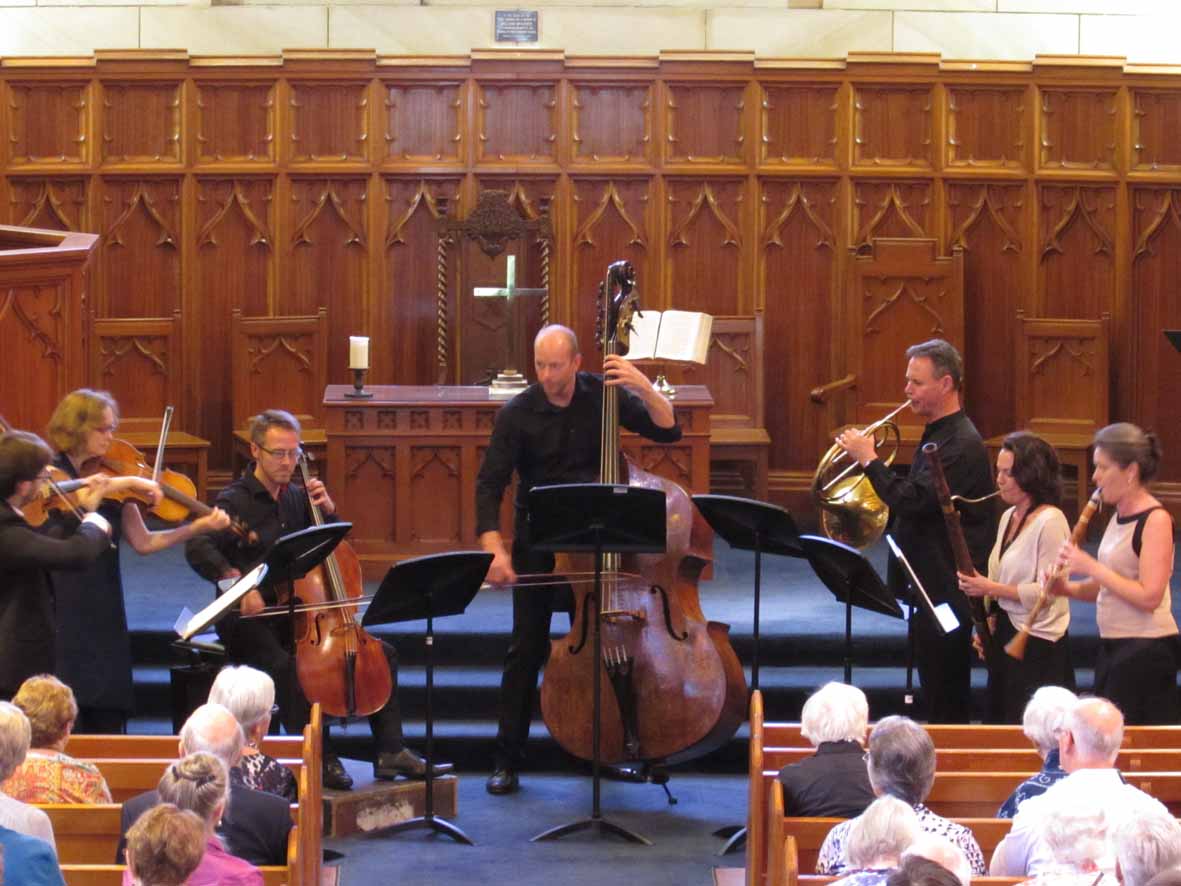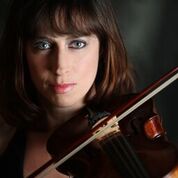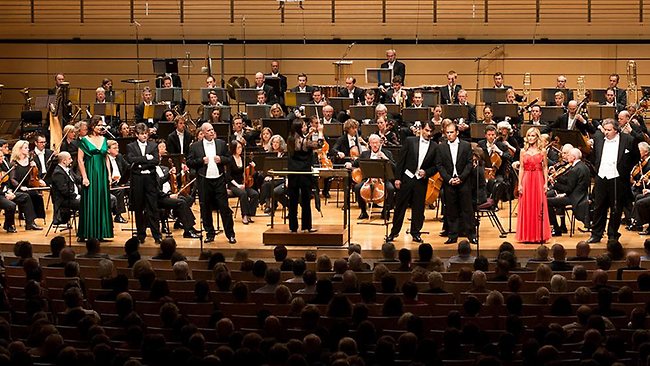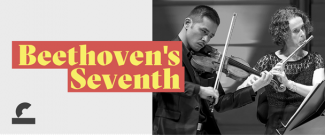Concert Review: The Tallis Scholars
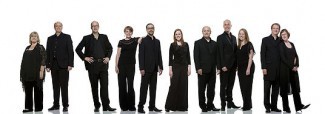
The Tallis Scholars/ Peter Phillips
City Recital Hall,
7.30 pm November 5, 2016
When the Tallis Scholars visit Sydney it is like welcoming back old friends. Apart from their many tours and celestial sound, their summer schools and workshops with local choirs have won them many fans.
On this 2016 visit to Australia, founder and conductor Peter Phillips toured with an ensemble of 10 voices – or were they? It would be a contest to find an ensemble more seamlessly blended, sounding as one and assuredly at the very pinnacle of their craft.
But this is nothing new. The Tallis Scholars have been at the forefront of research and the historically informed performance of a capella early music and some contemporary repertoire since Phillips established the singers over 4 decades ago.
Their second concert in Sydney featured music that has become their trademark – works by the early composers Peter Philips, Tallis, Phinot, Clemens, Crecquillon and Byrd and the modern writers Pärt, Tavener and Muhly. Their choice of encore was the 18th century composer, Robert Pearsall’s Lay a Garland.
It was indeed a joy to experience the Scholars’ impeccable and intuitive sense of ensemble, incisive diction, expert phrasing, articulation and dynamic control. Their insights into polyphonic writing were delivered with the minimum of vibrato under Phillips’ understated direction.
Illustrating cogently the beauty that lies in in sorrow, Phillips themed his programme around Lamentations, pairing the Lamentations I of Tallis for 8 voices, with the Lamentations of the 16th century Franco-Flemish composer Dominque Phinot, a work for double choir in which the two choirs flanked the flawless sounds of the male voice quartet placed centre stage.
Extending this theme was the Recordare, Domine (set of Lamentations), commissioned by the Tallis Scholars and the Lincoln Centre in 2013, from Nico Muhly, one of the most versatile and prolific contemporary composers of our time.
Also in the contemporary sphere was Arvo Pärt’s unlikely motet Which was the Son of…. A setting of little more than the genealogy of Christ, as tabulated in the Gospel of St Luke. An exploration of numerous rhythms, cross-rhythms, enigmatic harmonies and dynamic colour, the Scholars held our attention through every moment of a potentially humdrum text.
A semi-chorus stood side stage providing a distant pedal point for Tavener’s As one who has slept. The entire ensemble assembled for the remaining selections which included some of the cornerstones of their repertoire, Clemens’ Ego flos campi, Philips’ Cecilia Virgo, Tallis’ Suscipe quaeso Byrd’s Tribue domine and Crecquillon’s Andreas Christi famulus.
Whilst it was a meditative experience to be able to focus on the performers and the music without visual distraction, it would have helped to have the text and translations printed in the programme, especially as throughout the concert, the house lights were kept at a level where the programme could be read. And talking of a meditative mood, I believe it is entirely legitimate to request the audience to refrain from applause until the end of a bracket – for example, the two Lamentations of Tallis and Phinot, to allow continuity of theme and thought.
There was a tinge of the bittersweet in the air as this is counter-tenor Patrick Craig’s farewell tour. Craig has been with the ensemble for two decades and he will be missed – especially his unfailingly reliable sotto voce starting notes which kick off just about every one of the ensemble’s items.
Shamistha de Soysa©

